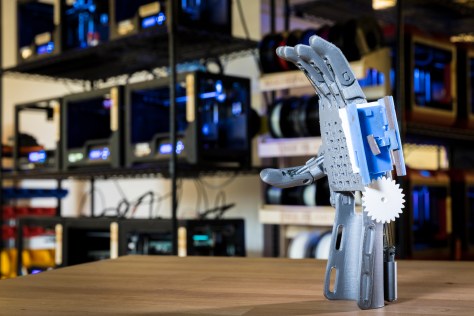
It was my honor this year to participate in an auto-ethnographic effort to explore accessibility research from a combination of personal and theoretical perspectives. In the process, and thanks to my amazing co-authors, I learned so much about myself, disability studies, ableism and accessibility.
![]() Hoffman, M., Kasnitz, D., Mankoff, J. and Bennett, C. l. (2020) Living Disability Theory: Reflections on Access, Research, and Design. In Proceedings of ASSETS 2020, 4:1-4:13
Hoffman, M., Kasnitz, D., Mankoff, J. and Bennett, C. l. (2020) Living Disability Theory: Reflections on Access, Research, and Design. In Proceedings of ASSETS 2020, 4:1-4:13
Abstract: Accessibility research and disability studies are intertwined fields focused on, respectively, building a world more inclusive of people with disability and understanding and elevating the lived experiences of disabled people. Accessibility research tends to focus on creating technology related to impairment, while disability studies focuses on understanding disability and advocating against ableist systems. Our paper presents a reflexive analysis of the experiences of three accessibility researchers and one disability studies scholar. We focus on moments when our disability was misunderstood and causes such as expecting clearly defined impairments. We derive three themes: ableism in research, oversimplification of disability, and human relationships around disability. From these themes, we suggest paths toward more strongly integrating disability studies perspectives and disabled people into accessibility research.














 The absence of tactile cues such as keys and buttons makes touchscreens difficult to navigate for people with visual impairments. Increasing tactile feedback and tangible interaction on touchscreens can improve their accessibility. However, prior solutions have either required hardware customization or provided limited functionality with static overlays. In addition, the investigation of tactile solutions for large touchscreens may not address the challenges on mobile devices. We therefore present Interactiles, a low-cost, portable, and unpowered system that enhances tactile interaction on Android touchscreen phones. Interactiles consists of 3D-printed hardware interfaces and software that maps interaction with that hardware to manipulation of a mobile app. The system is compatible with the built-in screen reader without requiring modification of existing mobile apps. We describe the design and implementation of Interactiles, and we evaluate its improvement in task performance and the user experience it enables with people who are blind or have low vision.
The absence of tactile cues such as keys and buttons makes touchscreens difficult to navigate for people with visual impairments. Increasing tactile feedback and tangible interaction on touchscreens can improve their accessibility. However, prior solutions have either required hardware customization or provided limited functionality with static overlays. In addition, the investigation of tactile solutions for large touchscreens may not address the challenges on mobile devices. We therefore present Interactiles, a low-cost, portable, and unpowered system that enhances tactile interaction on Android touchscreen phones. Interactiles consists of 3D-printed hardware interfaces and software that maps interaction with that hardware to manipulation of a mobile app. The system is compatible with the built-in screen reader without requiring modification of existing mobile apps. We describe the design and implementation of Interactiles, and we evaluate its improvement in task performance and the user experience it enables with people who are blind or have low vision.














 A variety of 3D-printed upper-limb assistive technology devices designed and produced by volunteers in the e-NABLE community. Photos were taken by the fourth author in the e-NABLE lab on RIT’s campus.
A variety of 3D-printed upper-limb assistive technology devices designed and produced by volunteers in the e-NABLE community. Photos were taken by the fourth author in the e-NABLE lab on RIT’s campus.